No products in the cart.
8 Most Anticipated Young Adult Books of Spring 2025
As the days grow longer and the air warms with the promise of spring, the literary world awakens with a...
No products in the cart.
There are always new stones to be turned and new stories to uncover, no matter how much we think we know about the past. These fascinating books reveal little-known and long-forgotten facts and history.
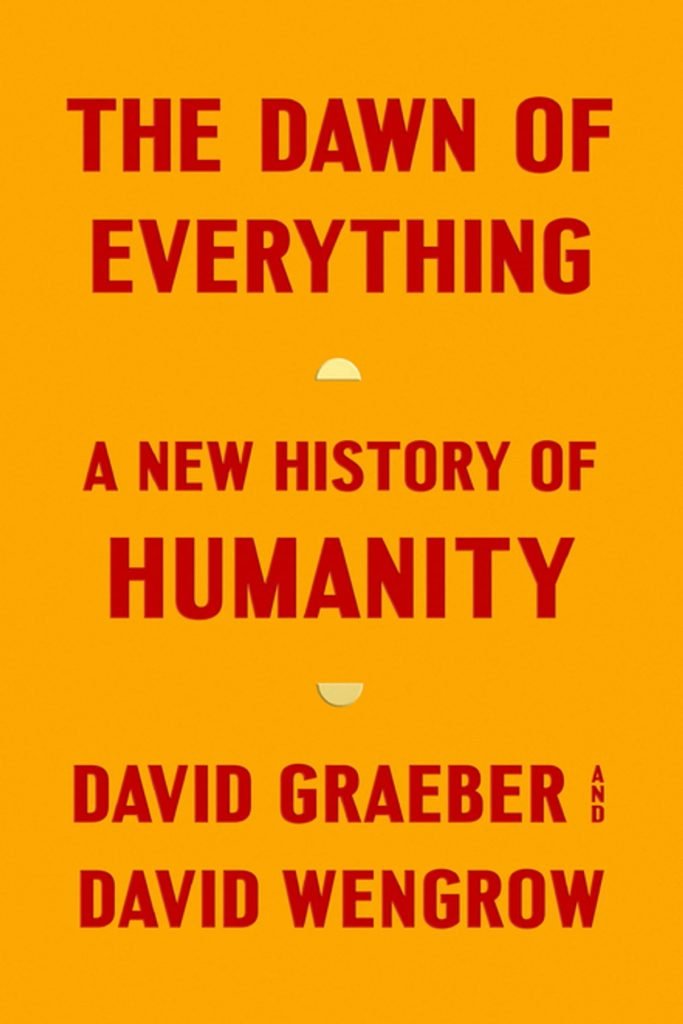
David Graeber and David Wengrow
For generations, our remote ancestors have been cast as primitive and childlike—either free and equal innocents, or thuggish and warlike. Civilization, we are told, could be achieved only by sacrificing those original freedoms or, alternatively, by taming our baser instincts. David Graeber and David Wengrow show how such theories first emerged in the eighteenth century as a conservative reaction to powerful critiques of European society posed by Indigenous observers and intellectuals.
Release Date: November 9, 2021
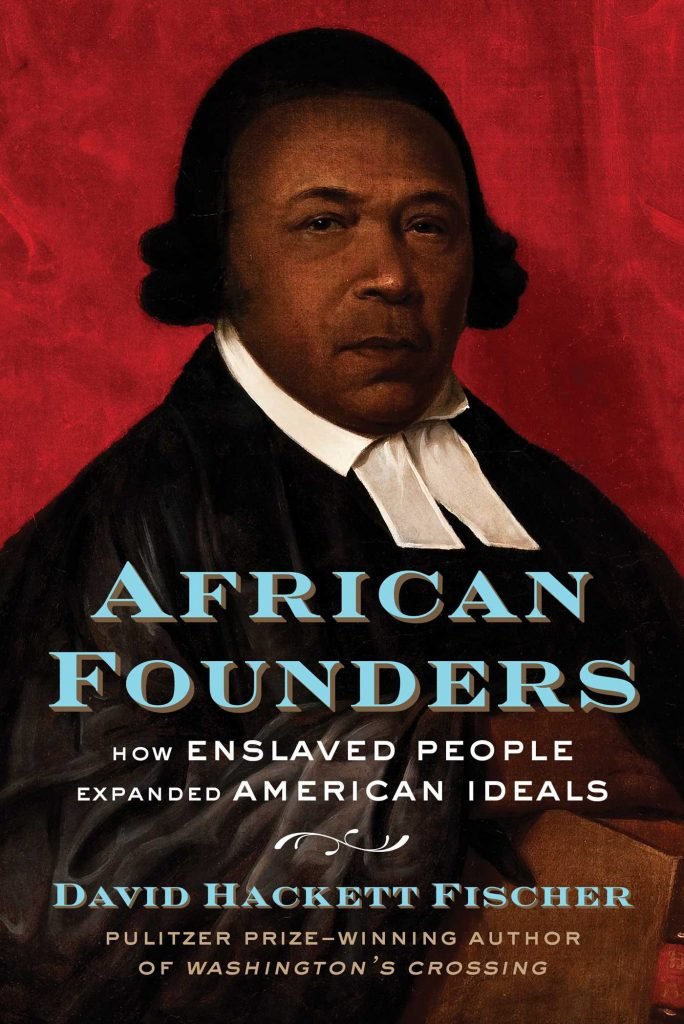
David Hackett Fischer
African Founders explores the little-known history of how enslaved people from different regions of Africa interacted with colonists of European origins to create new regional cultures in the colonial United States. The Africans brought with them linguistic skills, novel techniques of animal husbandry and farming, and generations-old ethical principles, among other attributes. This startling history reveals how much our country was shaped by these African influences in its early years, producing a new, distinctly American culture.

Brenda Maddox
In March 1953, Maurice Wilkins of King’s College, London, announced the departure of his obstructive colleague Rosalind Franklin to rival Cavendish Laboratory scientist Francis Crick. But it was too late. Franklin’s unpublished data and crucial photograph of DNA had already been seen by her competitors at the Cambridge University lab. With the aid of these, plus their own knowledge, Watson and Crick discovered the structure of the molecule that genes are composed of — DNA, the secret of life. Five years later, at the age of thirty-seven, after more brilliant research under J. D. Bernal at Birkbeck College, Rosalind died of ovarian cancer. In 1962, Wilkins, Crick and Watson were awarded the Nobel Prize for their elucidation of DNA’s structure. Franklin’s part was forgotten until she was caricatured in Watson’s book The Double Helix.
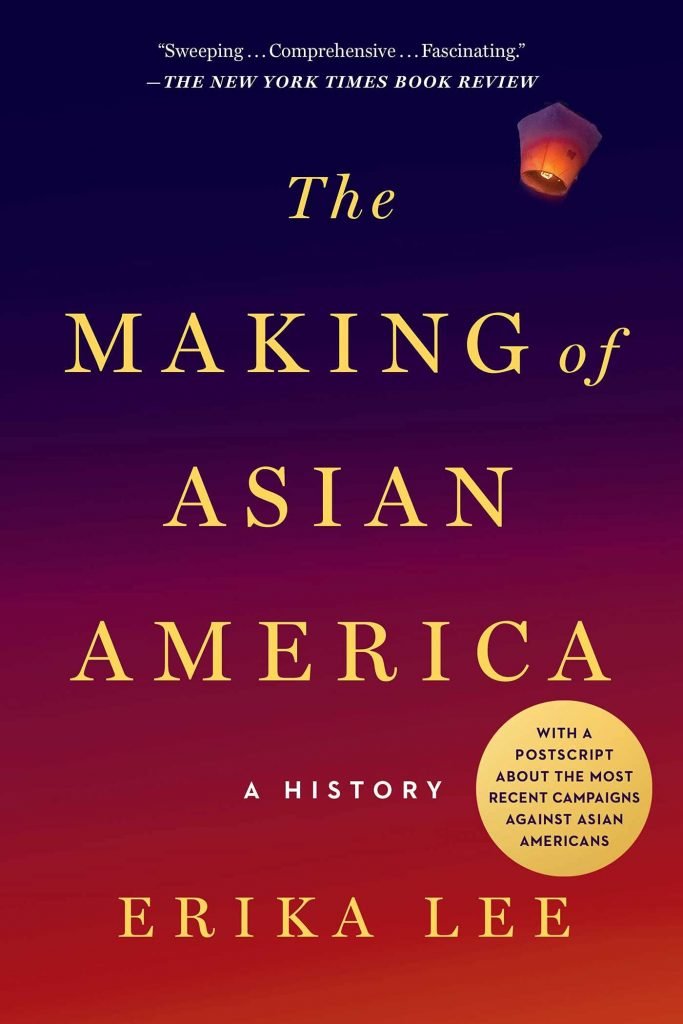
Erika Lee
The Making of Asian America shows how generations of Asian immigrants and their American-born descendants have made and remade Asian American life, from sailors who came on the first trans-Pacific ships in the 1500 to the Japanese Americans incarcerated during World War II. Over the past fifty years, a new Asian America has emerged out of community activism and the arrival of new immigrants and refugees. But as Lee shows, Asian Americans have continued to struggle as both “despised minorities” and “model minorities,” revealing all the ways that racism has persisted in their lives and in the life of the country.

Jack Weatherford
The Mongol queens of the thirteenth century ruled the largest empire the world has ever known. The daughters of the Silk Route turned their father’s conquests into the first truly international empire, fostering trade, education, and religion throughout their territories and creating an economic system that stretched from the Pacific to the Mediterranean.
Yet sometime near the end of the century, censors cut a section about the queens from the Secret History of the Mongols, and, with that one act, the dynasty of these royals had seemingly been extinguished forever, as even their names were erased from the historical record.

Stephanie E. Jones-Rogers
Bridging women’s history, the history of the South, and African American history, this book makes a bold argument about the role of white women in American slavery. Historian Stephanie E. Jones-Rogers draws on a variety of sources to show that slave‑owning women were sophisticated economic actors who directly engaged in and benefited from the South’s slave market. Because women typically inherited more slaves than land, enslaved people were often their primary source of wealth. Not only did white women often refuse to cede ownership of their slaves to their husbands, they employed management techniques that were as effective and brutal as those used by slave‑owning men. White women actively participated in the slave market, profited from it, and used it for economic and social empowerment.
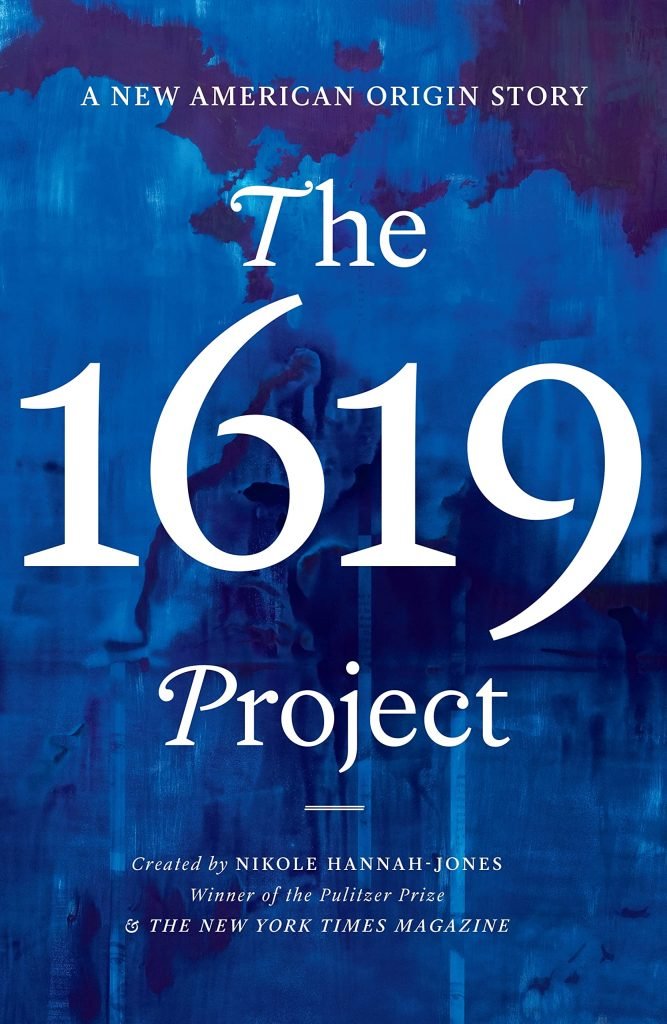
Nikole Hannah-Jones
The New York Times Magazine’s award-winning “1619 Project” issue reframed our understanding of American history by placing slavery and its continuing legacy at the center of our national narrative. This new book substantially expands on that work, weaving together eighteen essays that explore the legacy of slavery in present-day America with thirty-six poems and works of fiction that illuminate key moments of oppression, struggle, and resistance. The essays show how the inheritance of 1619 reaches into every part of contemporary American society, from politics, music, diet, traffic, and citizenship to capitalism, religion, and our democracy itself.
Release Date: November 16, 2021

Camilla Townsend
In November 1519, Hernando Cortés walked along a causeway leading to the capital of the Aztec kingdom and came face to face with Moctezuma. That story–and the story of what happened afterwards–has been told many times, but always following the narrative offered by the Spaniards. After all, we have been taught, it was the Europeans who held the pens. But the Native Americans were intrigued by the Roman alphabet and, unbeknownst to the newcomers, they used it to write detailed histories in their own language of Nahuatl. Until recently, these sources remained obscure, only partially translated, and rarely consulted by scholars.
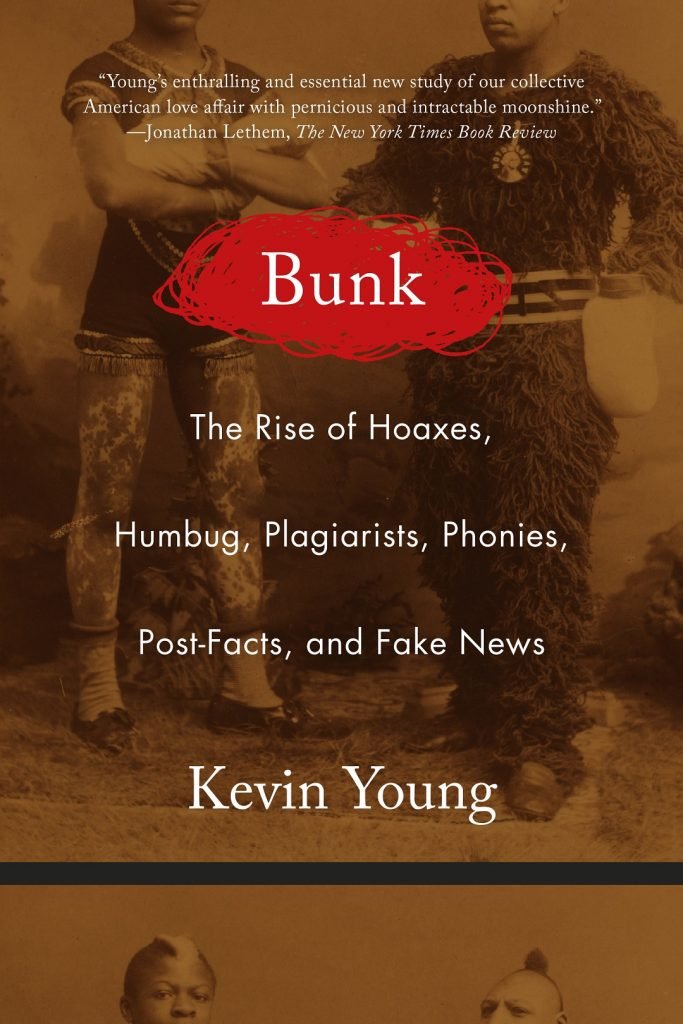
Kevin Young
Award-winning poet and critic Kevin Young tours us through a rogue’s gallery of hoaxers, plagiarists, forgers, and fakers—from the humbug of P. T. Barnum and Edgar Allan Poe to the unrepentant bunk of JT LeRoy and Donald J. Trump. Bunk traces the history of the hoax as a peculiarly American phenomenon, examining what motivates hucksters and makes the rest of us so gullible. Disturbingly, Young finds that fakery is woven from stereotype and suspicion, race being the most insidious American hoax of all. He chronicles how Barnum came to fame by displaying figures like Joice Heth, a black woman whom he pretended was the 161-year-old nursemaid to George Washington, and What Is It?, an African American man Barnum professed was a newly discovered missing link in evolution.
As the days grow longer and the air warms with the promise of spring, the literary world awakens with a...
As the chill of winter melts away and the promise of spring begins to bloom, March 2025 brings with it...
Is it possible for a bookworm to browse the bookshop or browse social media without being overwhelmed by romance fantasy...
If you enjoy time travel, space travel, dragon-filled romance, or epic fantasy, you will always find something amazing on the...

Where Trends are made and discovered
Trenzle is your official source of discovering the latest people, work, and ideas that deserve to trend. Discover Authors and their books, Creators and their work, People and their opinions, and Stories from around the globe.
Learn more
© 2023 Trenzle - Online Author News & Magazine